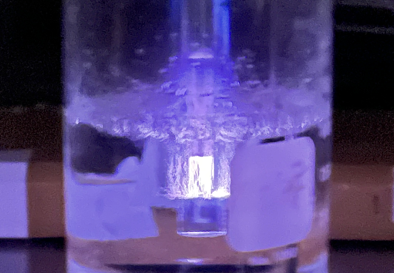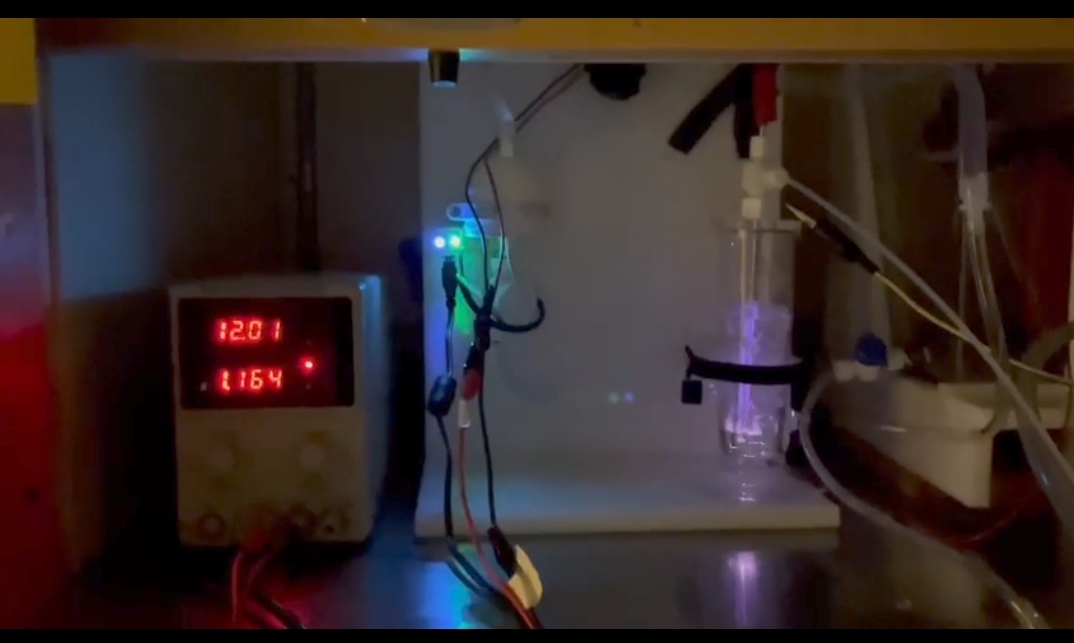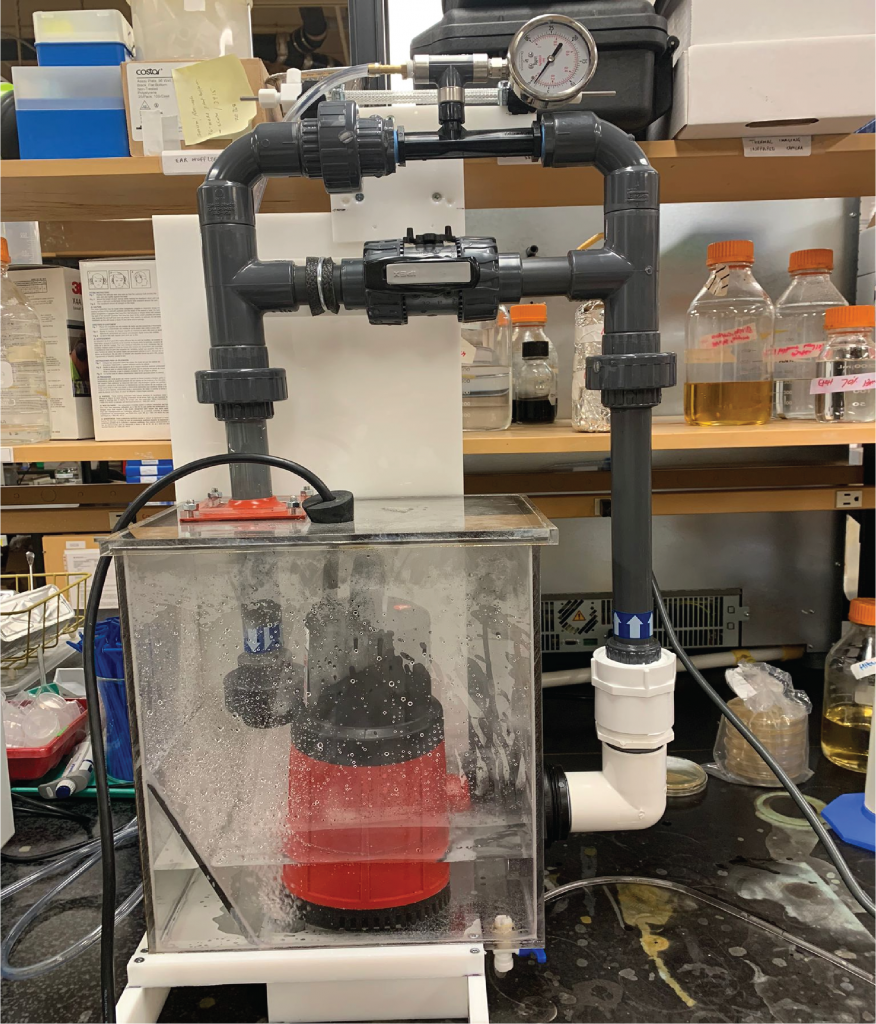


 The agricultural and food processing industries produce large amounts of wastewater. The wastewater from these industries contains large quantities of organic and inorganic pollutants, so safe disposal requires adequate treatment, otherwise causing public health issues.
The agricultural and food processing industries produce large amounts of wastewater. The wastewater from these industries contains large quantities of organic and inorganic pollutants, so safe disposal requires adequate treatment, otherwise causing public health issues.
In addition, water quality and hygiene of drinking water systems (DWS) are extremely important in broiler and livestock production. Drinking water is susceptible to microbial contamination and DWS are prone to biofilm build-up over time. Biofilms are complex communities of microorganisms, surrounded by extracellular polymeric substances attached to surfaces. Microbial biofilms in DWS can contaminate drinking water for broiler chickens and livestock. The efficacy of commonly used chlorine- and hydrogen peroxide-based disinfectants on biofilm is greatly reduced in comparison to their planktonic counterparts due to their limited penetrability into the biofilm matrix.
Currently, we are working with Alberta Chicken Producers, Poultry Innovation Partnership, and RDAR to address the water safety and quality issues. As part of the projects funded by RDAR and the Canadian Agricultural Partnership (CAP), we are developing hybrid water treatment units comprising of multiple technologies including plasma activated water bubbles, UV LEDs and nanocomposites developed using graphene and nanochitosan, for the removal of organic and inorganic pollutants, heavy metals, and bacterial pathogens.
These new hybrid technologies will find applications in various industries including the agricultural production including broiler and livestock, food processing, and chemical industries.
Industry Support
Collaborators:
Dr. Xianqin Yang (Agriculture and Agri-Food Canada)
Dr. Aman Ullah (University of Alberta)
Dr. Robert Renema (Alberta Chicken Producers)
Dr. Valerie Carney (University of Alberta and Poultry Innovation Partnership)
Dr. Mohammad Afrouziyeh (University of Alberta and Poultry Innovation Partnership)




